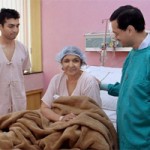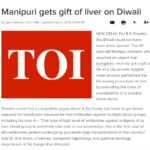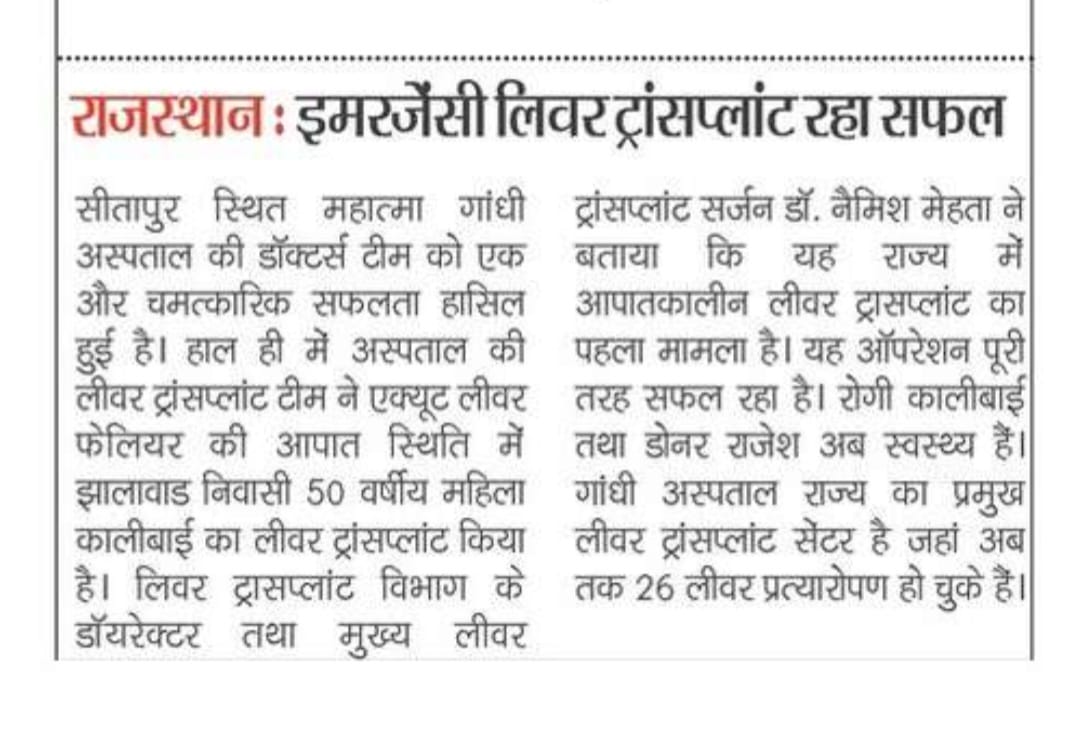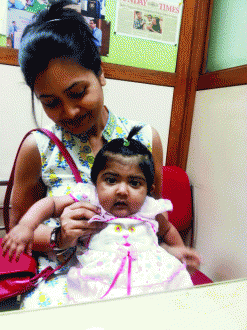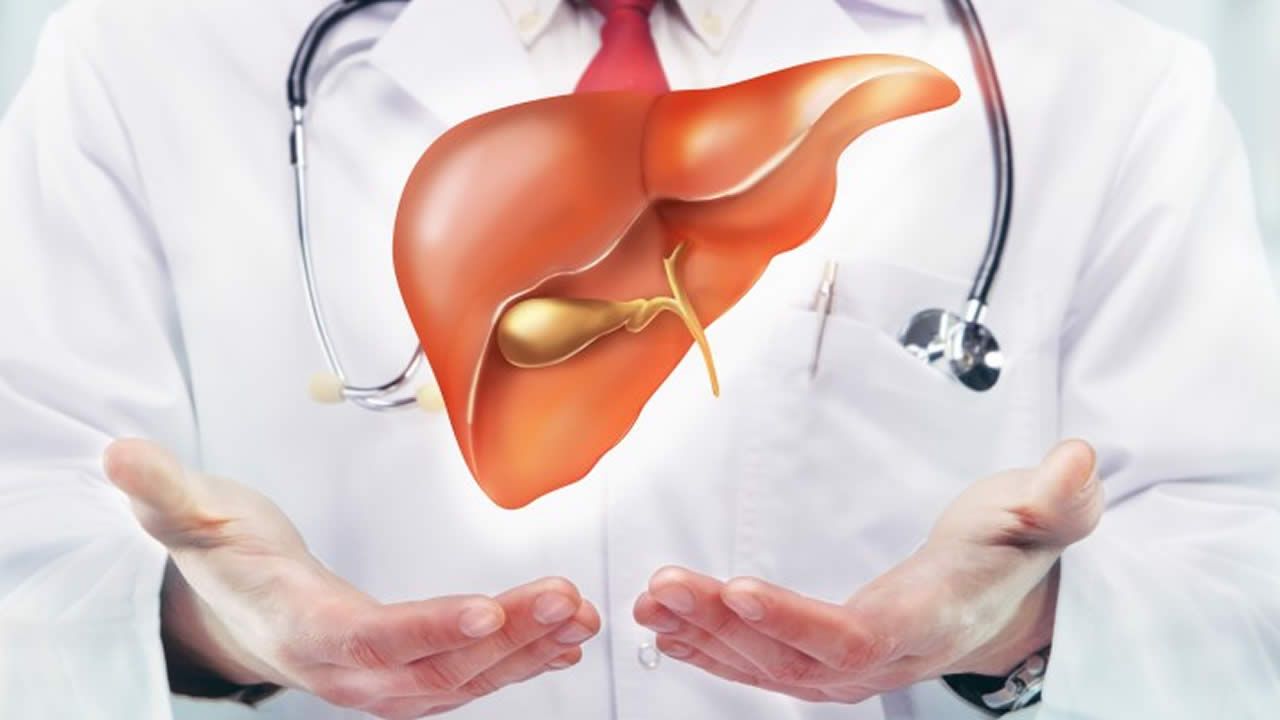
Liver Transplantation Surgery in Delhi and Donor Criteria
Liver is an essential organ in the body that does all the filtering of the food and isolating the energy and wastage. The liver is prone to fail, when certain liver digestive and other liver related diseases are occurred.
Liver Diseases
- Cirrhosis: Cirrhosis may be of different types.
- The primary cirrhosis causes the bile to be initially inflamed and then destroyed in later stages.
- Secondary cirrhosis is usually caused when the bile duct obstruction is prolonged.
- On the other hand, cirrhosis can also be resulted from cryptogenic or from unknown origin.
- Cirrhosis that affects the liver can also be autoimmune cirrhosis. The autoimmune system, which is a natural defensive mechanism of the body to fight against the infection system, unfortunately fights with bile in the liver.
- Hepatitis: When the hepatitis become active and chronic from the Hepatitis virus, a long-term inflammation will be resulted. Most often, Hepatitis B and Hepatitis C cause the inflammation of the liver and in the severe conditions, the liver has to be transplanted.
- Biliary Atreia: It is generally caused from the birth defects of a baby. It results in abnormal development or no development of the bile ducts.
In the liver transplant surgery, the selection of the donor is very important and critical.
Donor
Donors of the liver are of two types, deceased donor and living donor. If the liver is taken from a dead person, he or she is called a deceased donor and if the liver is taken from a live person, he or she will be called as a living donor. Generally the deceased donors are selected from brain dead organ donors and cardiac death organ donors. The liver that has been separated from the body of the deceased donors are preserved for later usage by preserving in the OrganOx Metra device. This device can maintain the liver in healthy conditions after removing it from the body.
Most often, the family member of the patient is selected as the living donor. Technically, both the donors and their livers are eligible for the transplantation, when the blood type and other important factors are matched.
Since liver is a regenerative organ present in the body, there is no threat associated with the liver after it is donated partially. When a small part of the liver is removed from the donor’s body, it will be able to be regenerated itself within a few weeks to a few months of time.
Finding a Donor
If the medical expert team finds the surgery is the appropriate solution to get rid of the liver problem and the patient is suitable and ready to receive the surgery, the name of the patient will be enlisted in the UNOS or United Network Organ Sharing. The details like blood type, urgency and many other factors are given there. And based on the urgency of the liver, the patient can get the donor a little earlier. Patients with higher MELD scores will be moved to a higher priority in the waiting list to get the donor soon.
From the medical point of view, screening and selection of the donor is an important and longer process. This approach is considered as a multidisciplinary approach. Initially, the donor has to go through the medial evaluation. Importantly, the blood type of both the donor and recipient is seen to be compatible, however, the blood type may not be identical. Small variations present in both bile duct and blood vessels of the donor and recipient are tolerant to perform the liver transplantation. After conducting the laboratory tests, the results will be kept confidential. A detailed discussion is made with the donor explaining the procedure and consequences to the body of the donor after the taking the liver partially.
Surgical Procedure
The liver transplantation is a major surgical procedure, involving highly experienced professionals and highly sophisticated medical equipment. The technique currently being used almost is the orthotopic technique. In this technique, there will be three phases are present during the procedure.
- Hepatectomy – This is the first phase, where the native liver is removed.
- Anhepatic – This phase is considered as a no-liver phase, after removing the native liver.
- Post implantation – The phase of new liver plantation I the post implementation phase.
Post Procedure
After the surgery is successfully performed, the patient needs to have a stay of one to two weeks of time in the hospital. During this period, the patient is checked if the new liver starts functioning as before.
